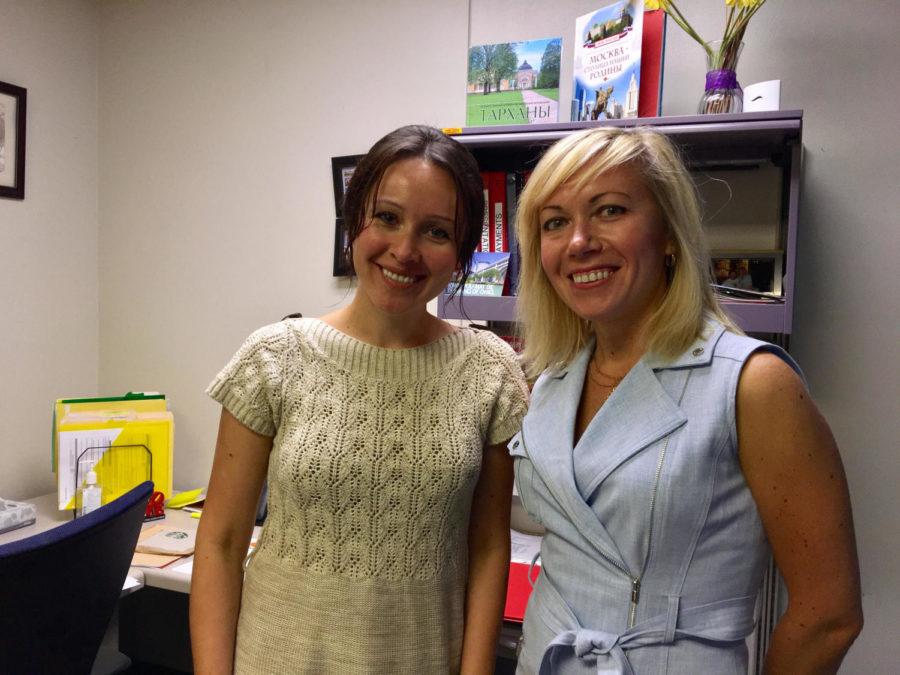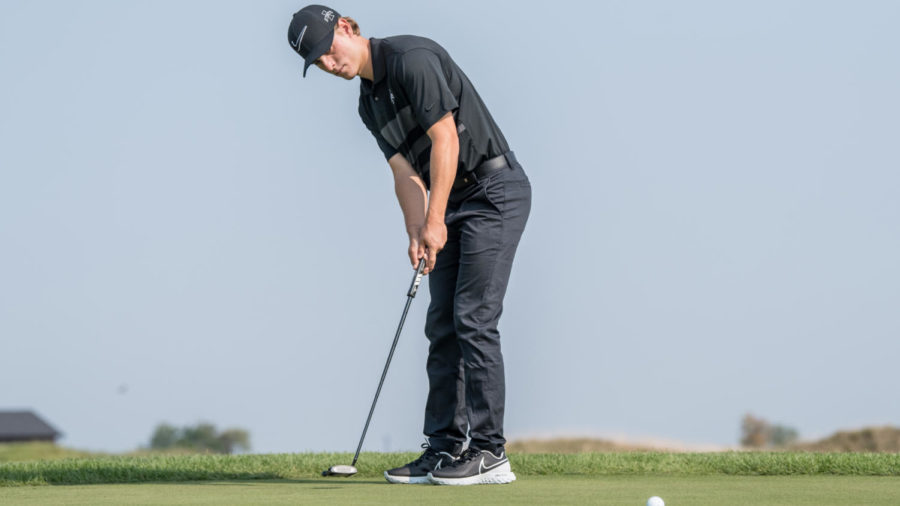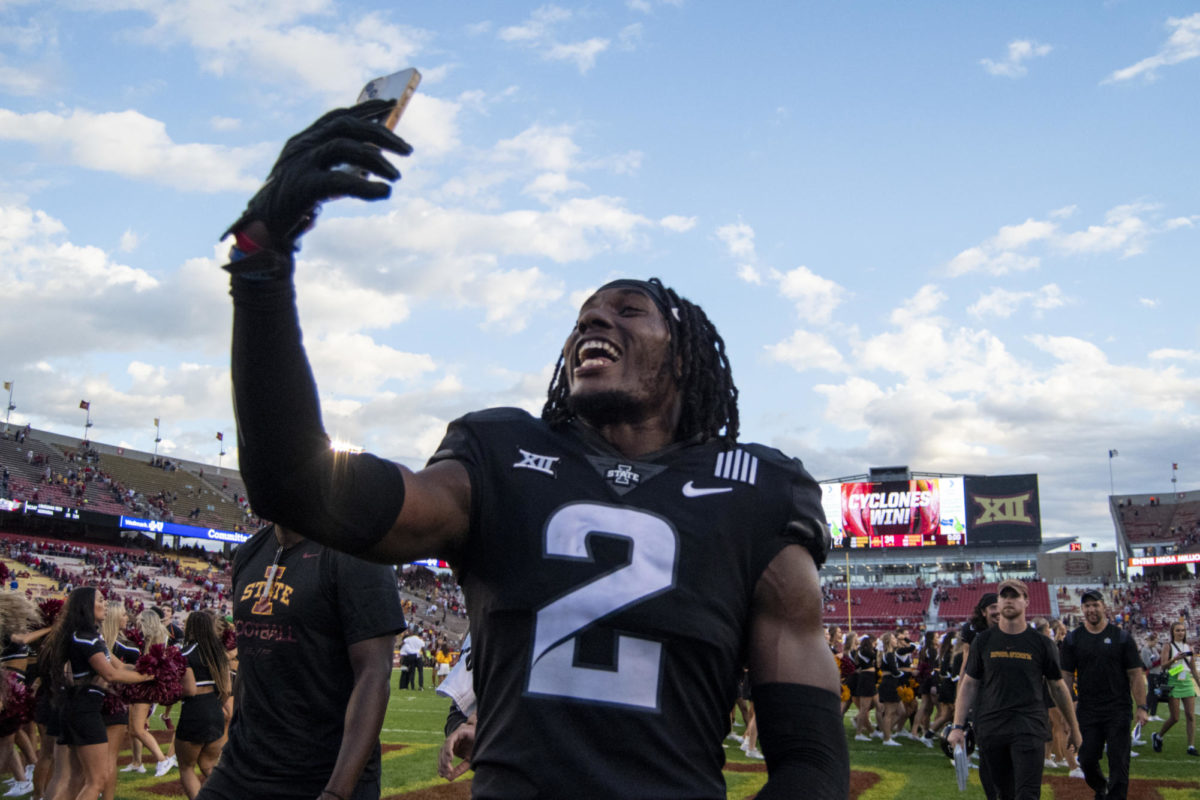Cultural Ambassador Program gets set for the fall semester
Anna Nesterova and Marina Reasoner coordinate the Cultural Ambassador program through the International Students and Scholars Office (ISSO).
September 7, 2017
A combined 300 international and U.S. students are getting ready to embark on a peer-mentor and culture exchange program for the fall semester.
The Cultural Ambassador Program aims to provide students and scholars a unique chance to meet others of diverse backgrounds within the Iowa State community. International and U.S students become cultural ambassadors through a pairing process based on their interests and preferences.
“American students will be helping international students transition to American culture, talking about holidays and traditions and vice versa,” said Anna Nesterova, International Students and Scholars Office (ISSO) programming graduate assistant.
The program allows students to build a mutual understanding for one another while establishing partnerships. Whether it be academic, friendship, or cultural exchange, they are encouraged to participate in a variety of activities.
Cultural ambassadors are required to meet a minimum of three times for the semester, but as the relationships continue to build, students are meant to engage in many more activities, like hanging out and going to sporting events to open new perspectives as they build the college team spirit.
Joining clubs and other student organizations is also part of the experience for international students in order to meet with domestic students. Not only does this give them a chance to make friends but is also a way for the ambassadors to learn about the importance of gaining leadership and team building skills.
“Students are encouraged to attend different kinds of events together. It can be academic events like lectures on campus, presentations, seminars,” said Marina Reasoner, diversity and retention coordinator. “It is not a secret that we have a variety of events where students get involved with academic life. So having a partner who has some kind of different experience and engages [international students] in this new experience is very beneficial.”
In addition to the program, there is a mid-semester project on November 2, in partner with a charity organization called Project Linus, whose mission is to make blankets for children in need. Given this opportunity, it creates a path for the students to eventually build their careers and succeed in academics while meeting a wide variety of people.
Although 500 students have registered, 300 have showed up to continue with the pairing process for the fall semester. This is the highest number that the program has seen since it was first established in 2015. This changes the dynamics of the process as coordinators have started to introduce a new method to pair students.
“One of the ways we try to deal with that is introducing trios where there will be two domestic students and one international student because we have more domestic students who are interested in being a part of the program,” Nesterova said.
In spite the fact that new laws were enacted earlier this year about the number of international people who are able to enter the U.S, “there was definitely some concern, it’s really inspiring for us to see an interest in the domestic students who want to get engaged with international students to provide that support,” Reasoner said.
The Cultural Ambassador program will begin a new session at the start of the spring semester.
















